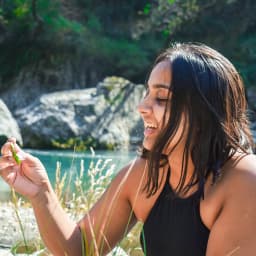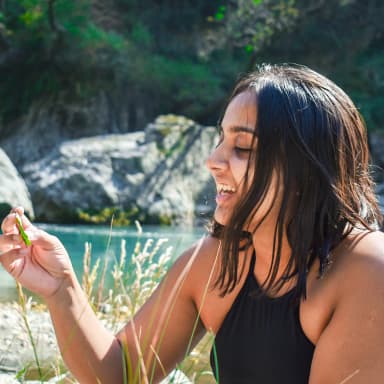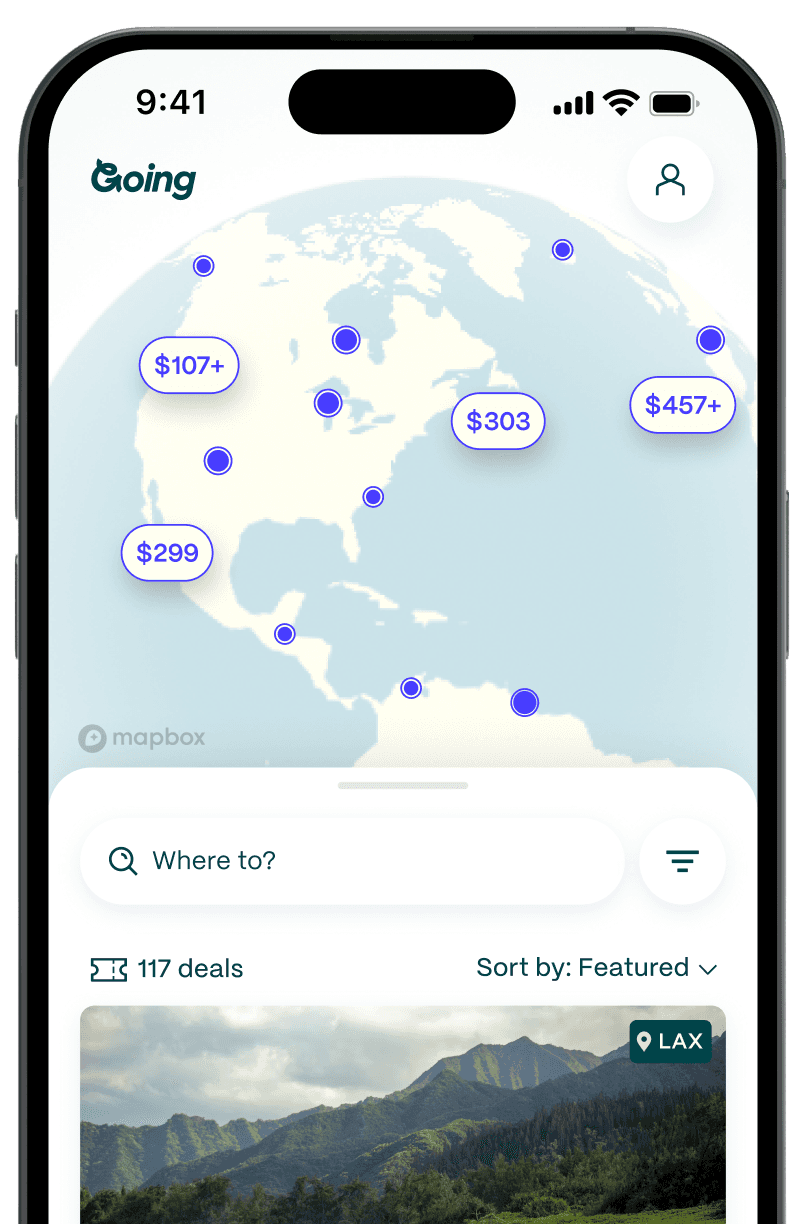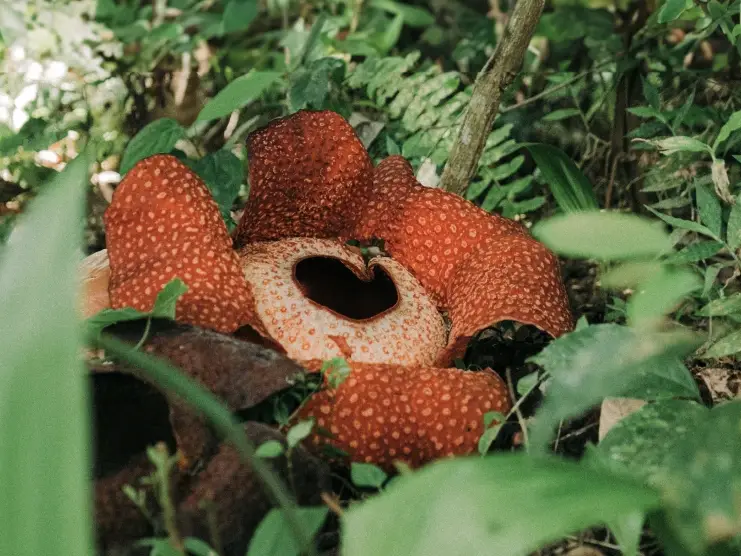
Hiking to See the Corpse Flower in Thailand
As my shared van pulled into the tourist village of Khao Sok, I saw posters for the “Corpse Flower Hike” hanging outside every hotel and restaurant on either side of the street. The image of this massive deep red flower took me right back to my fourth-grade weekly “General Knowledge” class, where I would impress my teacher with random facts I had read about in the books and encyclopedias I would find around the house as a child—including facts about the wondrous Rafflesia, a rare flower with the world’s largest bloom.
My heart skipped a beat. I had come to Khao Sok National Park knowing it hosts an incredibly old and diverse tropical rainforest home to some of the world’s most unique species, including the world's only known amphibious centipede. But I didn’t realize the Rafflesia is also found here.
The Rafflesia is a flower with the largest bloom in the world. There are more than 40 known species of this flower—all of which are only found in the tropical rainforests of Southeast Asia, including Thailand, Indonesia, Malaysia, and Singapore.
Khao Sok National Park is home to one of these species: Rafflesia kerrii. From November through January, visitors can hike up a steep incline deep in the humid evergreen forest in hopes that the giant buds of the flower have completed their 9-month gestation period and bloomed into a botanical prodigy. The Rafflesias of Khao Sok grow as big as three feet across and can weigh over 15 pounds—only to die within a week of blooming.
I signed up for a hike into the forest for the very next day and went to bed giddy with excitement that night. The next morning, my guide, who introduced himself as Mike, and I started the hike, and I learned that these flowers have also been frequently called the "corpse flower" because of the putrid, rotting flesh-like smell that the flower's five leathery petals emit to attract pollinators—not your usual butterflies and bees in search of nectar, but instead, carrion flies which that can smell decaying matter up to a mile away! It is only fair, then, that the Thai call it bua phut, which roughly translates to "decayed lotus.”

After hiking about three miles uphill, sweating and swatting at mosquitoes the whole way, I was utterly dismayed not to be able to smell the stench that Rafflesias are known for. “It is probably because it rained last night. When it is dry and hot, the smell can be quite unbearable,” Mike explained.
My dismay quickly turned to wonder, though, when I got my first glimpse of the flower. With no roots or stems, just a giant red bowl sitting on the ground surrounded by petals that looked as if they were leather bits hanging to dry in a tannery, the flower could have been mistaken for an unfitting decoration in the forest. The national park rules don’t allow visitors to touch this endangered plant, but I could see its leathery texture just by looking at the indentations on its petals.
“You are lucky you get to see the flower at all. I was worried about your chances because of the untimely rains this year.”
We were lucky, all right. This flower, which otherwise blooms during the drier post-monsoon months, had managed to power through the rains that lasted well until December. Right next to the blooming, thriving, enormous red flower I first noticed, there was a pile of black mush that Mike told me was another corpse flower that had lived its full life. And right next to that, a giant black-colored Rafflesia bud had attached itself to the lianas, the long woody vines, of its host, the Tetrastigma tree, and was getting ready to suck the life out of it to grow enormous and red itself. The Rafflesia buds, when brewed into a tea, are a sought-after delicacy in Thailand and are also known to relieve body aches and fevers.

Hiking up a steep muddy hill through a humid rainforest while mosquitoes attack through your clothes with a 50-50 chance of spotting a giant, smelly flower may not sound very appealing at first. But if the Rafflesia gods bless you with a sighting, the joy of seeing (and smelling, if you get so lucky) the flower with the largest bloom in the world is a bragging right worth the trouble.
Getting there
Surat Thani International Airport (URT) is the nearest airport to the Khao Sok National Park, about 60 miles away, though you’ll likely need to fly there from Bangkok (BKK); a one-hour flight costs about $50 roundtrip. There are booths for shared vans heading to Khao Sok right outside the baggage claim area at URT airport, and tickets cost around $10 for the three-hour journey. A private taxi takes about 90 minutes and costs $50. You will likely stay at the Khlong Sok village, about 20 minutes from the park, and most hostels, hotels, and resorts can arrange for the Rafflesia flower hiking tour.
Average Going deal: $587 RT
How to do it
- Best time to go: The Rafflesia flower generally only blooms between November to January once the wet season is over. However, depending on each year’s climate, it might be possible to see the bloom a little earlier or later.
- Cost: Entrance to the Khao Sok National Park costs $9, and most guided hikes to see the Rafflesia flower are $35.
- Tips and considerations: Carry lots of water and apply sun protection because, while November to January is technically winter in Thailand, the humidity in the tropics will make you sweat. It is also a good idea to wear clothing that covers you well because of the relentless mosquitoes in the jungle. And a pair of good hiking boots will go a long way because the trail, while not too long, is quite steep and can be muddy depending on the weather.
More amazing experiences around the world:
Last updated December 19, 2023
Articles you might like
View All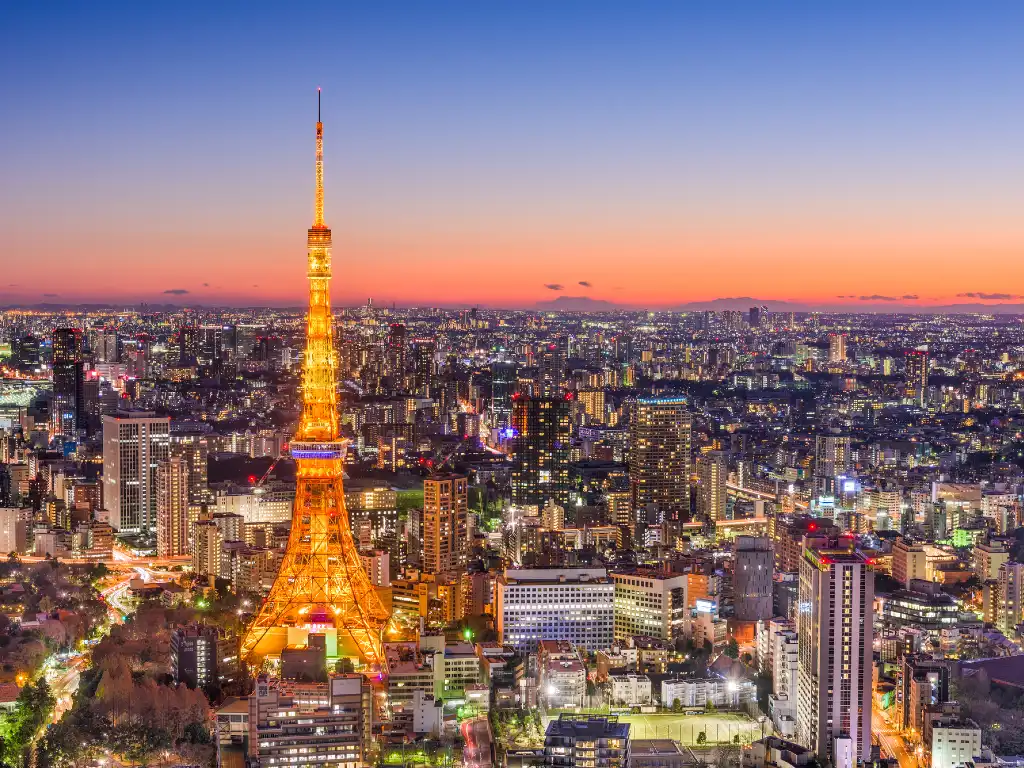
Where to Stay in Tokyo: The Best Neighborhoods and Hotels in 2026
Dec 19, 2025
12 min read

Where To Stay in Seattle: Best Neighborhoods and Hotels for 2026
Dec 19, 2025
10 min read
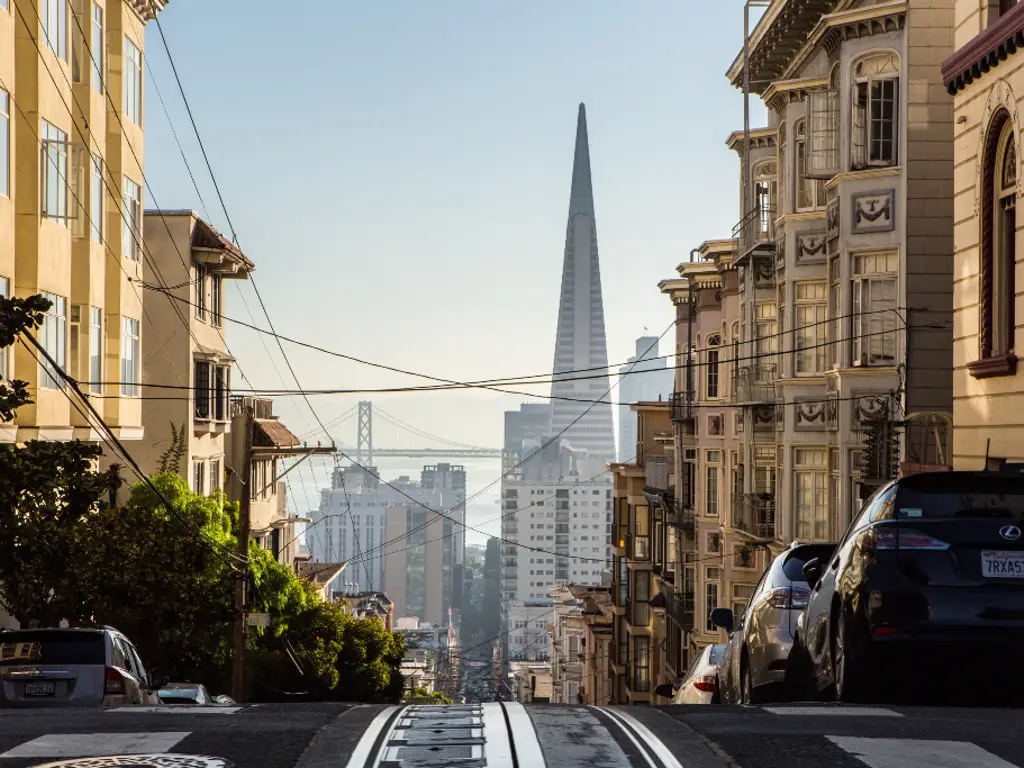
Where To Stay in San Francisco: Best Neighborhoods and Hotels for 2026
Dec 19, 2025
17 min read
